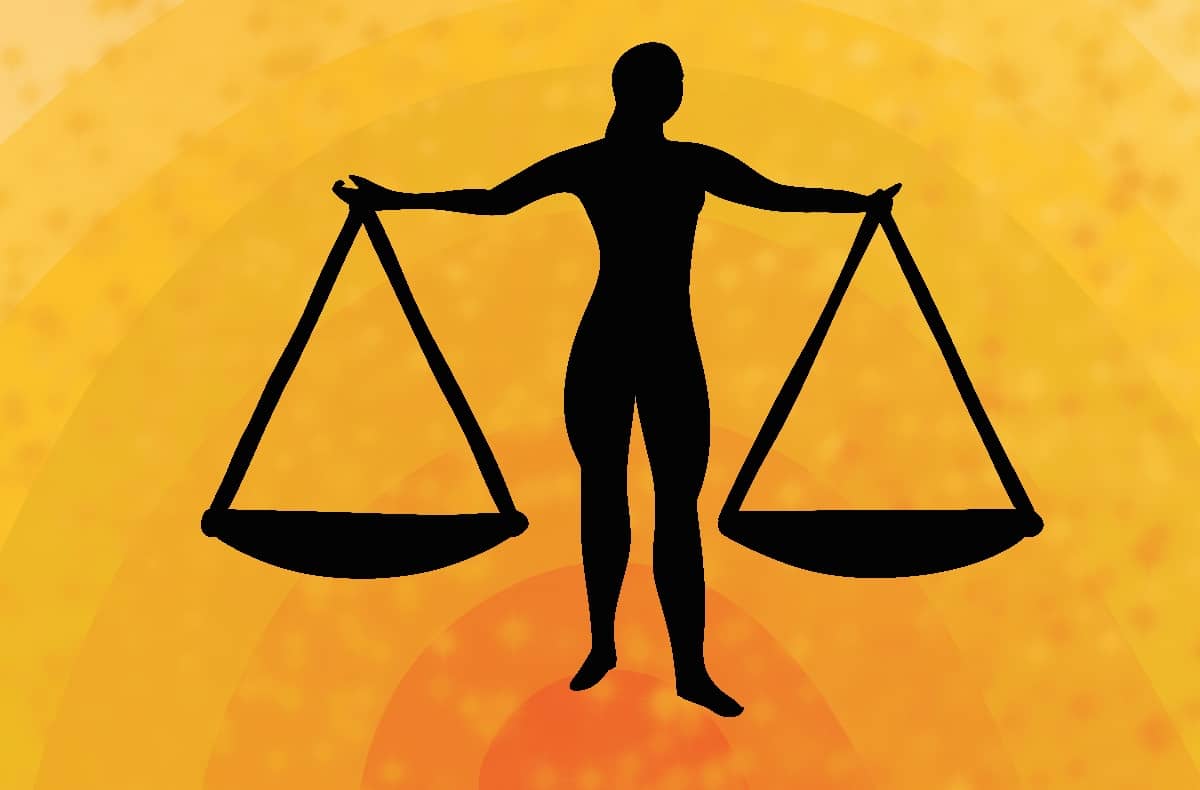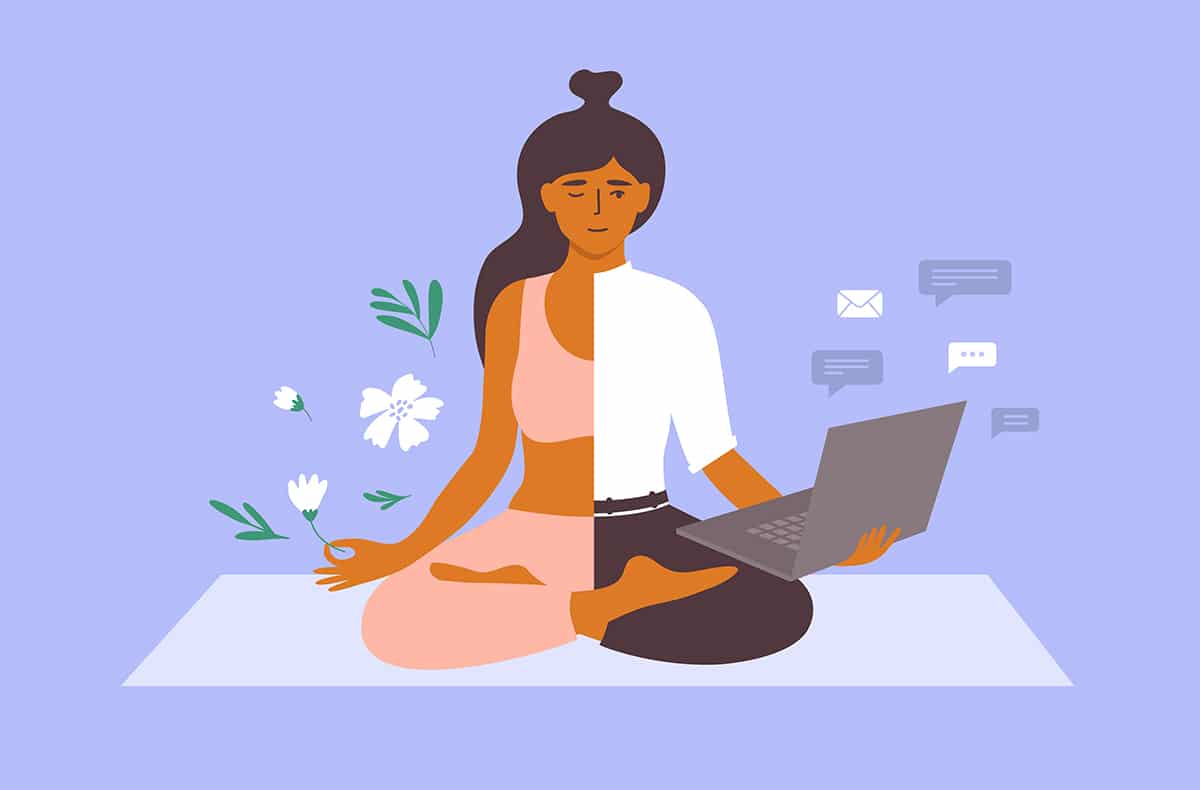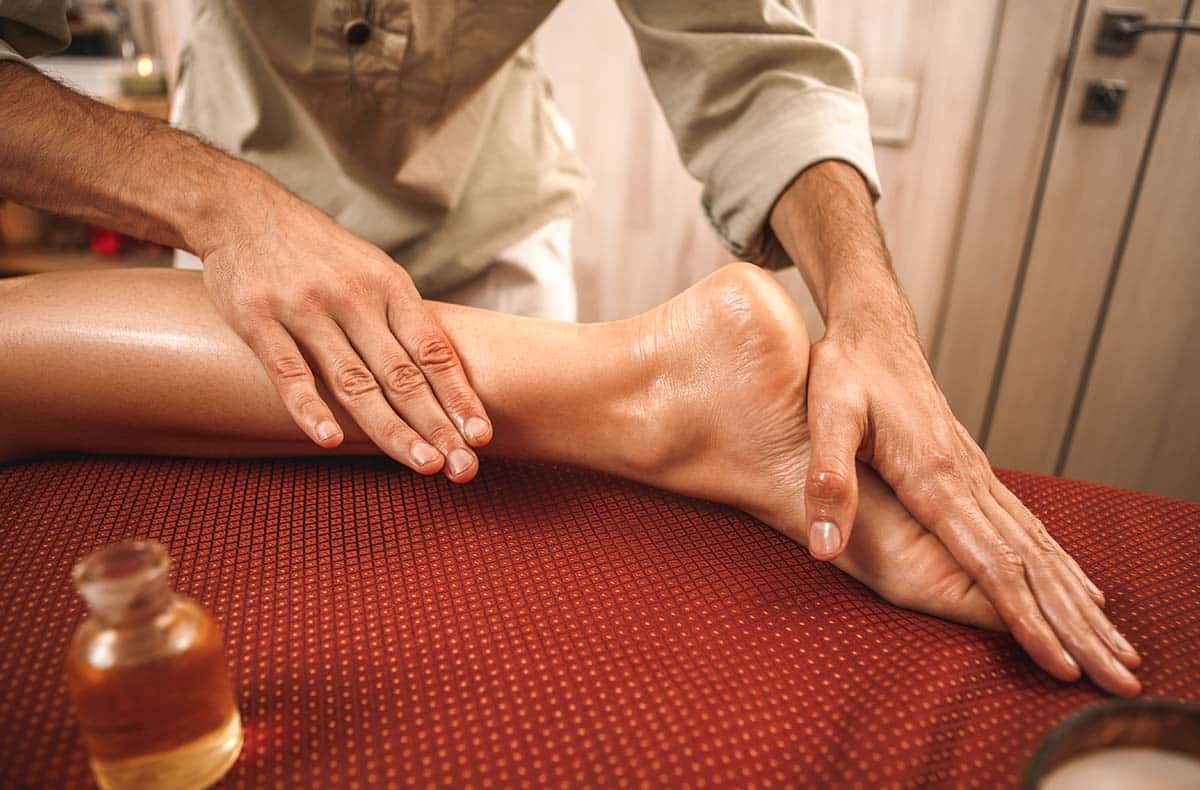
Less is more. More is more. No matter how you get there, much of mainstream culture is obsessed with “more” as the endpoint of our path toward happiness and success, a right as inalienable as life and liberty. But as we’ve seen across multiple sectors of society, from international politics to industry to the environment, more is definitely not the key to long-term success for any type of organization.
This includes the organization you’re the CEO of—your body. When it comes to health, the idea of being and attaining more—through the “more” or “less” approach—is practically flowing through the drinking water. If a food is “healthy” for you, then eating it all day every day must make it even healthier! If it’s good to do cardio exercise, running a marathon must be superior! Our consumption of supplements and subscriptions for our health continues to rise, and yet quality of life in the U.S. is decreasing—how could this be?
Trying to assess health, happiness, and any other subjective part of our experience through numbers alone is antithetical to the nature of our lives as nature-based beings. Since nature doesn’t abide by the linear path of endless growth that humans decided was better, we might step back and reevaluate our metrics for determining whether our bodies—or businesses, families, and activities—are actually healthy.
Valuing “How” over “How Much”
The problem with “more” as the motivation behind what we do isn’t growth itself. Of course, we are meant to grow—it’s perhaps the most natural thing, and something we have very limited control over when it comes to our bodies. Rather, the issue is that “more” is a quantitative measure rather than a qualitative one. The only context in which quantitative measures are meaningful is in extremely rigid and controllable circumstances—like a double-blind lab experiment or the performance of a machine. I hope this is not news to you, but we are not machines, and so expecting to see regular, predictable outputs from a set of inputs is totally unreasonable for human experience—and is perhaps why so many of us have not reaped the desired results from our quest for “more.” Put more money into your bank account and you do not receive a dividend check with a defined quantity of happiness; put fewer tee-shirts in your closet and you do not receive a defined quantity of mental ease.
Enter Ayurveda, where the question of what truth to believe always has a single answer: “it depends,” as in it depends on what you need or desire in the present moment. At the foundation of Ayurvedic medicine is the idea that all living beings are made of the five elements—space, air, fire, water, and earth—which have different unique qualities. There are twenty qualities, called gunas, which cover ten different spectrums of properties with two extremes for each spectrum. We evaluate whether something is hot or cold, light or heavy, rough or smooth—but never in an absolute way. A chili pepper is hotter than a sweet potato, but both have a warming effect; dry brushing your skin will create more roughness in the body than eating uncooked kale, but both result in sloughing. We can’t put a precise number on these qualities, but rather evaluate them in context and in comparison—how intensely you feel the heat of a chili will differ from how I feel it, too.
Similarly, not all foods or activities that occupy a similar place on the spectrum of gunas will yield the same quality (or quantity) of results. Milks, for instance, are generally considered a heavy food, and good if you’re having trouble sleeping or experience overall restlessness. But buffalo milk is heavier than cow’s milk is heavier than coconut milk is heavier than almond milk… so having one cup of any kind of milk (the same quantity) will not result in the same quality output of heaviness, and the effect of that heaviness will depend on the person who’s drinking it.
Quality Control in Three Pillars of Health
Qualities will determine just about everything we choose to take in through our senses—edible food, water, movement, relationships, conversations, information—all of which Ayurveda considers a kind of “food.” Once we figure out which qualities are dominant, we look to bring in others according to the basic rule: “like increases like, opposites balance.” Because all parts of our life contain these qualities, there’s no single thing that will help cultivate balance in the exact same way for every person, every time. For instance, if you’re feeling frazzled from the frantic news cycle, spending the day outdoors with loved ones might be just as nourishing as a home-cooked meal of sweet potato soup, because they’re both loaded with the opposing qualities of stability and slowness. On the other hand, if you’ve been leaning into a couch-locked Netflix marathon for a few weeks, taking a brisk walk or socializing with a friend would both be good medicine because of their lightening, mobile qualities, which balance the sedentary quality of couch-potato-ing.
Let’s look at how this qualitative analysis applies to three main pillars of health: food, exercise, and sleep.
Quality Food
Zooming out, we can see how the diet industry at large proves that quantity doesn’t rule the day when it comes to results. For decades, we’ve been sold different blends of snake oil promising fitness, beauty, and happiness if we do or don’t eat a certain kind of food. Fat, sugar, gluten, meat, cooked foods, superfoods—they’ve all been glorified or bastardized at some point in most of our recent memories. While it’s true that certain foods are likely to yield more health than others, we cannot proclaim that a specific menu is right for every person on this planet—or even right for a single person at different times.
Not having a set of rules to follow can be maddening for some of us. And it’s especially confusing to hear rather contradictory advice from different schools of nutrition; will sourdough bread spell my inevitable and early death from “wheat belly,” or is it actually helping my belly? How come my best friend lost a ton of weight on the diet we did together, and I didn’t lose an ounce? There’s science, and charismatic ambassadors, spouting different truths: whom do we listen to?
Many of us are not used to assessing foods based on their qualities; we assess an item’s nutrition label, and if the number of calories, carbs, fats, and proteins in it meets our (somewhat arbitrary) criteria, we say “yes.” Our ability to feel, rather than know, how a food will affect us, and whether or not it is “healthy” in that way, is not something we need to learn. We just need to remember how it feels to eat intuitively, by practicing mindfulness during meals.
Quality Exercise
Movement is essential for all bodies in some form or another, but not everyone needs the same type or frequency of movement. The idea that exercise happens for one-hour increments is largely a construct based on productivity and business—people get an hour break during the day, and it fits neatly into our schedules, but the body has its own clock! The factors determining our movement needs also change over the course of our lives in small or large ways. Every year, for example, the seasons change our external environment, so we can likewise choose exercise that balance us internally with the opposite qualities. In the heat of summer, for example, intense activities like running might not be the best choice; rather, swimming or gentle yoga would offer a counterpoint to the weather. Flip the calendar a few pages into fall and winter, and the opposite regimen is true—swimming would introduce too much cold, whereas an invigorating strength routine would bring in the heat and stability your body needs. Over the span of our lives, we might also notice that we don’t have quite as much energy, ability, or desire to play all day long as we did when we were kids.
Another major indicator of exercise is a woman’s menstrual cycle. Most of us realize that our bodies go through many changes in the course of a month, but Ayurveda gives specific qualities to those phases that can help us choose balancing foods and movement. During the first 5 to 7 days of the cycle, while bleeding and slightly before and after, the qualities of the body are lightening and cooling—you’re eliminating and losing the blood that provides heat and nourishment! Choosing gentle, restorative, and stabilizing exercises during this time is key as a way to honor the body’s process. After you bleed and before ovulation, you might experience a boost in energy and vitality—so use it! Choose exercise that’s invigorating and more cardio-based to help balance the rebuilding that’s happening in the body. Post-ovulation, the internal heat rises and we need to cool it down with more gentle and softening exercise—swimming, walking, and strength work are all good choices.
While this concept of varying exercise based on how you feel might push up against the “no pain, no gain” mentality we’re used to, give it a try and see how your body responds. Working with the qualities of your body rather than forcing it into a formula might ultimately make exercise more effective. Imagine if you were to go for a run while sick with the flu—you might be doing the movements of running, if you could muster the strength, but would you be getting the benefits of the exercise? According to Ayurveda, exercise is meant to revitalize and energize the body, not further deplete it, so choose movements that you feel moved to participate in for however long you want.
Quality Sleep
According to Ayurveda, sleep is a time of important, vital digestion, both physically and mentally. We not only break down our food with more focus than we can during our movement-filled days, we also process information and emotions, rinsing our brains clean. Working with the rhythms of the body to facilitate this digestion can make sleep more restful and deeper—which means just getting eight hours any old time won’t cut it. Sleeping four hours a night during the week then twelve hours on the weekend can confuse the body’s natural rhythms, like expecting the janitorial staff to do double overtime. Likewise, you might physically be in bed for eight or more hours, but if you’re tossing and turning for half of them, you won’t feel rested when you wake up.
Nor can those eight hours fall just anywhere. Sleeping from 2 AM to 10 AM is still eight hours, but per Ayurveda, the qualities of that time of day don’t allow for complete and restful sleep. Instead, sleeping at 10 PM, when the body’s digestive capacities increase naturally, will allow the body to do its cleaning without interruption through the night. You may also need more or less sleep depending on your stage of life or the season; sleeping more in the summer might feel supportive since the heat is so draining, but waking up with the sun in the spring can also help to balance the heaviness that comes with that time of year.
**
Figuring out your own combination of qualities takes time and patience, so don’t be too hard on yourself if you need to take time to figure out how you actually feel first! A good strategy to begin with is simply practicing mindfulness throughout your day: pause before you engage in any activity and ask yourself: is this what my body wants, or what my mind is telling me I should want?
Uniting the energy of the body and mind in this way is perhaps an exception to our quality over quantity rule: the more parts of you that are aligned in what you eat and do every day, the more quality of life you’ll experience in each moment and cumulatively.



